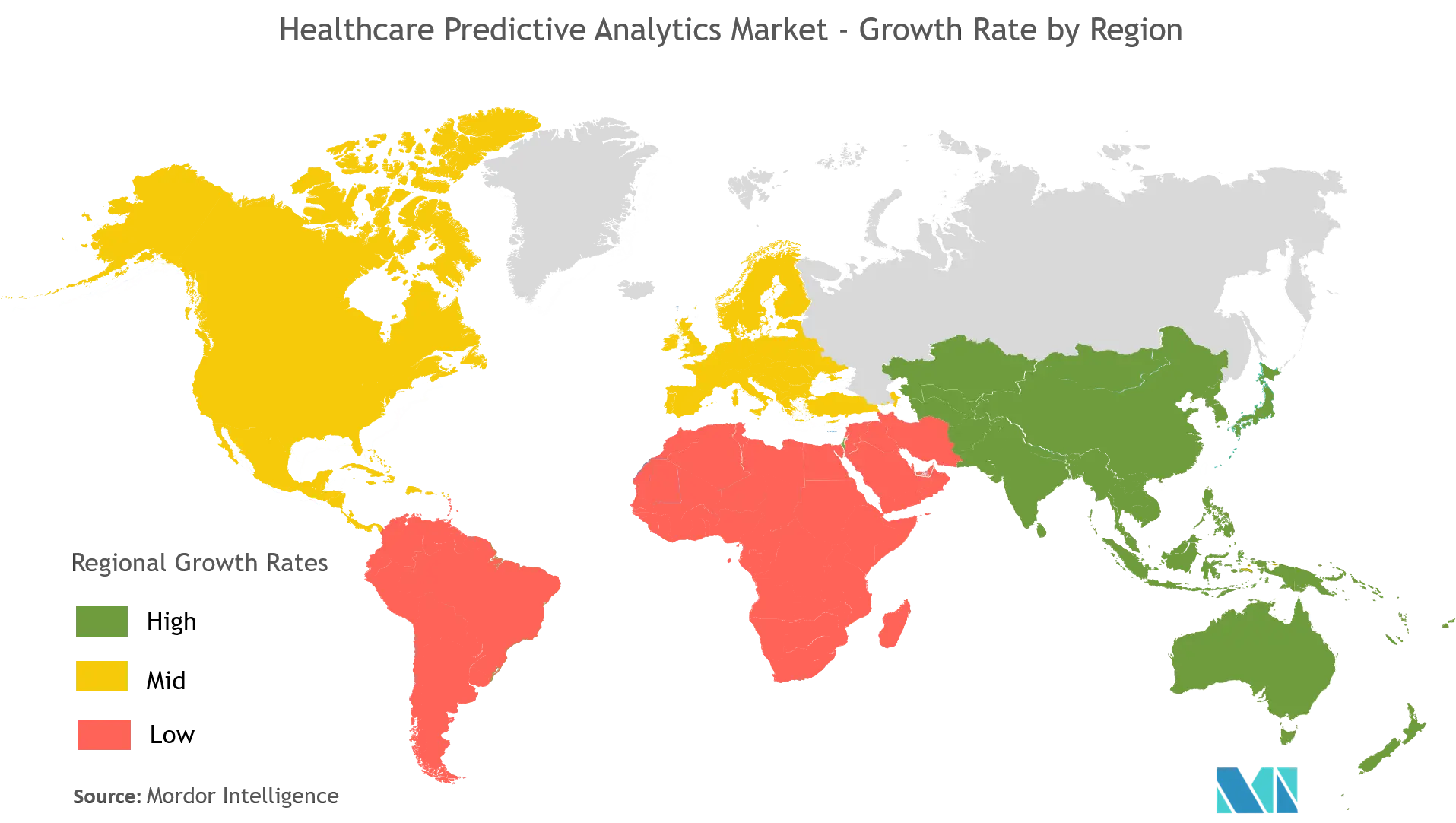Market Trends of Healthcare Predictive Analytics Industry
This section covers the major market trends shaping the Healthcare Predictive Analytics Market according to our research experts:
Clinical Data Analytics is expected to Witness Lucrative Growth
Predictive modeling, part of clinical data analytics, is being used by the healthcare providers to estimate the risk percentage to an individual's health. The clinical data analytics help the patients and caregivers with post-operation issues, such as surgical site infections, poor physical function, and reaction to medicines and allergies, as healthcare providers are equipped with the patients' historical medical data, which has been provided through the electronic health records. Moreover, with clinical data analytics, patients can explain their health conditions to different doctors repeatedly. This can be achieved through an acute analysis of their clinical data, further providing preventive care. The growth of clinical data analytics is expected to reduce healthcare costs, increase the accessibility of big data in healthcare industry, and technological advancements. The patient data captured, shared, and aggregated by these applications is the primary source of the data that healthcare organizations analyze using these clinical analytic tools.

North America is Expected to Dominate the Market
The healthcare infrastructure in the United States is experiencing positive trends in the predictive analytics domain. Studies have shown that since last few years, more than 40% of healthcare executives reported a 50% increase in data volume. As the data sets become bigger and more difficult to handle, health systems and payers are increasingly adopting predictive analytics. Healthcare organizations are also realizing that social determinants of health contribute to the wellbeing of a patient more than the medical issues. In 2016, both social determinants of health along with drug usage and emergency room admissions data rapidly drove the predictive model for identifying cost risks of population clusters. One of the trends being observed is that of non-competing healthcare organizations partnering with each other to manage the health of a population. Government payers like Medicare and Medicaid are readily moving toward capitated payment and value-based-purchasing models where outcomes will be measured and rewarded. Thus, owing to the better healthcare infrastructure the market is expected to witness high growth.


